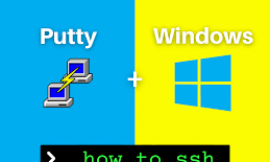Purpose of this guide
QXTN has collected a number of performance, reliability and risk mitigation strategies over the last 15 years of operations. The essential items have been distilled into this recommendations guide. We have added tags of Essential, Highly Recommended and Risk Mitigation to prioritise the points appropriately.
Essential
Install open-vm-tools or agreed similar utility for best performance and manageability of the VM within the QXTN ecosystem. These tools are used for VMware and other hypervisor integration.
See https://docs.vmware.com/en/VMware-Tools/11.0.0/com.vmware.vsphere.vmwaretools.doc/GUID-C48E1F14-240D-4DD1-8D4C-25B6EBE4BB0F.html for installation instructions.
Highly Recommended
- Please install version 5.4 of the Zabbix Agent is installed. Zabbix is the monitoring system used for watching the functional status of our Virtual Machines.
See https://www.zabbix.com/documentation/current/manual/installation/install_from_packages/debian_ubuntu for information
Once installed please edit the configuration file (usually /etc/zabbix/zabbix_agent.conf) and change the following options –
LogFileSize=10
Server=<monitoringIP>
ServerActive=<monitoringIP>
Hostname=<functional monitoring name agreed with QXTN>
- Set all hard drive elevators to noop or none – this decreases hard drive latency within the VM guest and increases performance
See https://access.redhat.com/solutions/109223 for further information.
Risk Mitigation
If possible, create a “qxtnmanage” user with sudo privileges for QXTN emergency maintenance purposes. Please set a secure password and advise QXTN. This password will be changed by QXTN support at the earliest convenient time and stored within the support password safe. The purpose of the user is to allow QXTN to conduct emergency maintenance or support if required.






